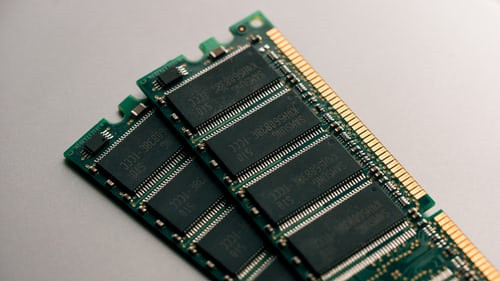Electrolyzer
At present, driven by both policies and markets, the hydrogen energy industry chain is developing rapidly, which has also led to the rapid growth of hydrogen production; and the proposal of the dual-carbon goal has made “green hydrogen” an important way to reduce carbon and decarbonize. Among them, hydrogen production from water electrolysis is an important method for producing green hydrogen. The increase in the scale of hydrogen production from water electrolysis also makes the electrolyzer market grow rapidly.
The main reasons for the high manufacturing cost of green hydrogen are electricity price and water electrolysis hydrogen production system. As the key equipment for large-scale hydrogen production from renewable energy, electrolyzers account for nearly 50% of the total cost of the hydrogen production system.

Therefore, hydrogen energy equipment represented by electrolyzers plays a key role in reducing the cost of hydrogen production.
What is an electrolytic cell?
Hydrogen production by electrolysis of water means that direct current is passed into an electrolytic cell filled with electrolyte, and water molecules undergo electrochemical reactions on the electrodes, which can be decomposed into hydrogen and oxygen, and the whole process can achieve zero emissions.
In the entire manufacturing process, the core equipment carrier is the electrolytic cell. Usually the structure of the electrolytic cell is composed of three parts, which are the cell body, the anode and the cathode.
When direct current is passed through the electrolytic cell, an oxidation reaction occurs at the interface between the anode and the solution, and a reduction reaction occurs at the interface between the cathode and the solution.
Electrolyzed water hydrogen production equipment is mostly used in photovoltaics and wind power, and renewable energy hydrogen production is the main direction. Among them, alkaline water electrolysis hydrogen production has a low investment cost and has fully realized industrialization. It is the best choice for large-scale green hydrogen production, and it is also the most mature technology and commercialization method.
How do alkaline electrolyzers work?
As the most mature electrolysis technology, alkaline water electrolysis (AWE) occupies a dominant position, especially in some large-scale projects. The diaphragm of alkaline water electrolysis hydrogen production electrolyzer is mainly composed of polymer material, which plays the role of separating gas. The cathode and anode are mainly composed of metal alloys, such as Ni-Mo alloys.
The principle is that at the cathode water molecules are decomposed into H+ and OH-, H+ gets electrons to generate hydrogen atoms, and further generates hydrogen molecules (H2); The diaphragm, reaching the anode, loses electrons at the anode to generate a water molecule and an oxygen molecule.
The core product of the alkaline electrolysis device is the electrolytic cell. Before the electrolytic cell, a transformer and a rectifier cabinet are required to convert the high-voltage alternating current into the direct current used by the electrolytic cell, which is used for the electrolysis of water in the electrolytic cell.
Article source: LONGi Hydrogen Energy
Cheersonic is the leading developer and manufacturer of ultrasonic coating systems for applying precise, thin film coatings to protect, strengthen or smooth surfaces on parts and components for the microelectronics/electronics, alternative energy, medical and industrial markets, including specialized glass applications in construction and automotive.

